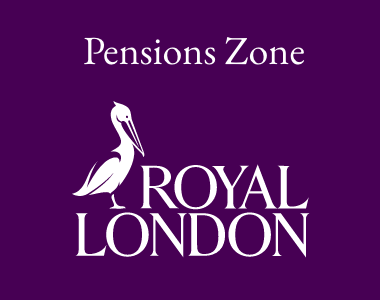Single or joint trusteeship – which to use within a SIPP and when? Stephen McPhillips, technical sales director, Dentons Pension Management, looks at how governance structure matters
As most readers will know, self invested personal pensions (SIPPs) come in many guises; life company SIPPs, platform SIPPs, single investment portfolio SIPPs and “full” bespoke SIPPs all compete in a fairly crowded marketplace. As a result, it is sometimes difficult to categorise this form of Registered Pension Scheme accurately and, in fact, there is often debate within the SIPP world regarding the description given to any particular personal pension wrapper that offers investment possibilities beyond a life company’s own fund range.
Which SIPP?
If we accept that a key differentiator between the various flavours of SIPP is the range of possible investments that can be made within them, then we would start with a “vanilla” offering and add additional flavouring and colouring from there; to take us from a relatively narrow range of available investments (vanilla SIPP) through to a multi-flavoured (bespoke) variant that offers a very broad range of possible investments such as direct commercial property investment, unquoted equities, hedge funds and so on. Client needs will dictate which flavour suits them best.
Bespoke SIPPs aren’t all the same!
If we drill down into full bespoke SIPPs in particular (because that’s where some of the complexity can lie), it would seem perfectly reasonable to assume that most, if not all, of these are very similar in nature. Aside from the fact that one bespoke SIPP might offer a restricted range of investment options compared to some of its peers (for example, some bespoke SIPPs might not permit borrowing for commercial property purchase), there can be other key differentiators of which to be aware. One of these relates to the governance structure and whether the arrangement operates with one sole “corporate trustee” or, alternatively, operates with a co-trustee framework.
Trustee structure
The first thing to note here is that single (sole) trustee and co-trustee structures are simply ways in which providers choose to deliver their products to the marketplace; there might be no underlying difference in the range of investment and benefit payment options offered under each. Indeed, some providers might offer both single and co-trustee propositions within their product range, with both offering the same investment and benefit payment flexibility. The choice of one product over another from the same provider might then boil down to other factors such as product pricing, application process / paperwork, client preference and so on.
Co-trustee
Often, a bespoke SIPP will have a Master Trust and Sub Trust structure, whereby the member will be a co-trustee and the member’s SIPP assets will be legally ring-fenced from all other members through the Sub Trust, as well as also being ring-fenced from the provider’s assets. If the member’s SIPP has its own specific bank account, as co-trustee, the member will need to countersign cheques, co-authorise banking and investment instructions and so on. For many clients, this element of ownership and control over scheme assets will be the driver for a co-trustee structure. Of course, the member must be capable of acting as a trustee under this type of arrangement and, for minors (under age 18), this would mean a legal guardian acting in that capacity until their 18th birthday is reached. Those individuals who have been disqualified from being a trustee (for any reason) could not act as co-trustee.
Sole trustee
Under this type of SIPP structure, the member is not named as a trustee; it is likely that the provider’s bare trustee company is named as the sole (corporate) trustee.
The member’s SIPP assets will probably be held under trust in the name of the bare trustee. This means that they are legally ring-fenced from the provider’s assets (as is the case with co-trustee arrangements above). Rather than a Sub Trust being used to separate members’ assets, one member’s SIPP assets might be held under a specific “designation” or plan reference number. It is the provider’s responsibility to ensure that all members’ assets are clearly identifiable and regularly reconciled within this type of vehicle.
Although the member is not a co-trustee in these situations, the provider, as sole trustee, is highly unlikely to undertake any investment / banking transactions without the member’s authorisation (with the exception perhaps of deduction of administration fees).
Of course, the member’s ability to act as a trustee is irrelevant here.
Conclusions
As is the case with every aspect of pension planning, a client’s individual circumstances will determine the most appropriate approach to be taken by the adviser firm. When it comes to use of a SIPP as the pension vehicle, care needs to be taken that the provider’s product meets not only the client’s investment needs but also his or her wider requirements, which might not be so obvious at first glance.
This article was first published in the April 2022 issue of Professional Paraplanner.
[Main image: scott-graham-OQMZwNd3ThU-unsplash]





























